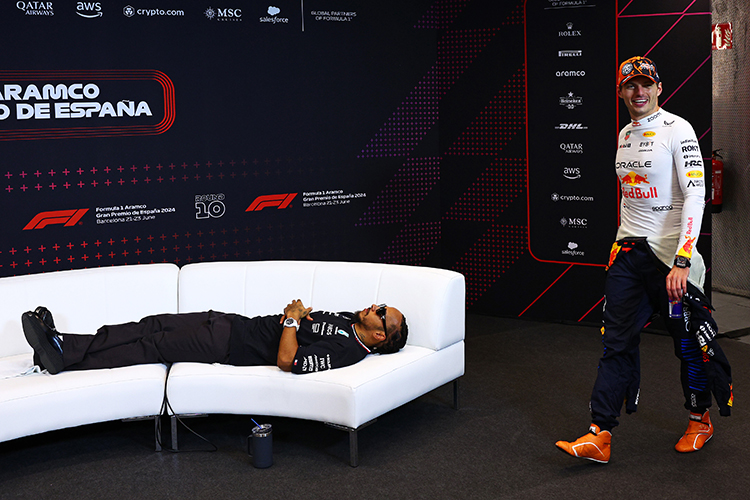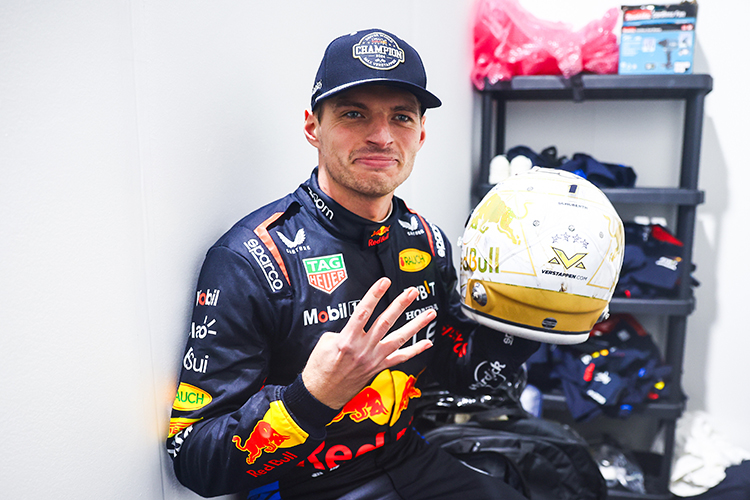What is Endurance in Motorsport? The True Test of Speed, Strategy, and Stamina

Formula 1 World Champions: A legacy of racing legends
What is Endurance in Motorsport? The True Test of Speed, Strategy, and Stamina
Explore the challenges of endurance racing, a unique motorsport that tests the limits of both driver stamina and vehicle durability. Learn about major endurance races and the strategies that make it a premier motorsport discipline.
In the high-speed world of motorsport, endurance goes beyond simply staying on track—it’s about maintaining peak performance over long durations, adapting to changing conditions, managing the vehicle’s performance, and staying mentally sharp. Endurance racing is a unique challenge that pushes both drivers and machines to the limit, combining speed, strategy, and stamina in one of the most demanding racing formats.
This article explores what endurance means in the context of motorsport, highlighting its unique characteristics, key races, and why it’s one of the most respected disciplines in racing.
Understanding Endurance in Motorsport
Endurance in motorsport refers to both the resilience of the vehicle and the stamina of the driver. Unlike traditional short-duration races like Formula 1 or NASCAR, endurance races often last from 6 hours to 24 hours or more. These races emphasize not only speed but also consistency, strategy, and effective resource management.
Endurance racing isn’t about achieving the fastest lap time. Instead, it’s about maintaining competitive times over extended periods without sacrificing vehicle performance or driver focus. This requires incredible physical endurance, precision, and mental strength from both the driver and the entire team.
The Unique Challenge of Endurance Racing
Endurance racing is more than just a prolonged version of regular racing. Several factors set it apart as one of the most challenging forms of motorsport:
1. Prolonged Physical and Mental Demands
In endurance racing, drivers often spend hours in the car, pushing themselves to their physical and mental limits. Races can last 24 hours or longer, such as the iconic 24 Hours of Le Mans. Even with driver rotations, the physical demands are significant, requiring drivers to endure G-forces, high temperatures, and vibrations while staying focused for long periods.
2. Reliance on Teamwork
Endurance racing is as much about the team as it is about the individual driver. Teams typically include multiple drivers who rotate every few hours. Drivers must work closely with each other, the engineering team, and the pit crew to ensure the car’s performance remains competitive throughout the race. Effective communication and trust are essential for making strategic decisions regarding fuel, tires, and repairs.
3. Mechanical Endurance
The car itself is under constant stress during endurance races. Unlike shorter races where cars are built for speed over limited time, endurance cars are designed for durability. Teams closely monitor fuel consumption, tire wear, and mechanical stress to prevent breakdowns, which could derail hours of effort. Balancing speed and conservation is essential for success.
4. Adaptive Strategy and Resource Management
Strategy plays a pivotal role in endurance racing. Teams must carefully manage fuel, tire changes, and driver swaps to keep performance at its peak. Adapting to sudden changes, like weather conditions or accidents, is crucial. Teams must also react to slow zones or full-course yellow flags, where strategic pit decisions can make or break the race.
5. Navigating Changing Conditions
Endurance races, like the 24 Hours of Daytona and 24 Hours of Le Mans, span day and night, requiring teams to adapt to varying temperatures, visibility, and track conditions. These ever-changing elements challenge drivers to adjust their tactics, manage tire grip, and remain focused despite fatigue and shifting environmental factors.
Notable Endurance Races and Series
Endurance racing has some of the most prestigious events in motorsport. These iconic races test both the physical and mechanical limits of drivers and teams:
- 24 Hours of Le Mans: One of the most famous endurance races globally, the 24 Hours of Le Mans requires competitors to endure a grueling 24-hour race on the Circuit de la Sarthe, testing speed, reliability, and strategy.
- 24 Hours of Daytona: A major American endurance race held at Daytona International Speedway, where teams face a combination of high-speed banks and challenging infield sections.
- World Endurance Championship (WEC): A global series that includes endurance events such as Le Mans, known for its competitive atmosphere, including hypercars, LMP, and GT classes.
- 12 Hours of Sebring: Known for its bumpy and challenging surface, Sebring is a true test of endurance for both drivers and cars, offering a grueling 12-hour race.
What It Takes to Succeed in Endurance Racing
Success in endurance racing requires a unique blend of physical and mental conditioning, technical expertise, and strong teamwork:
1. Physical Conditioning
Endurance drivers need exceptional physical stamina. Their training focuses on building strength, endurance, and heat resistance to handle the demands of prolonged driving sessions, often in extreme conditions.
2. Mental Resilience
Concentration is crucial in endurance racing. Drivers must maintain focus despite fatigue. Mental conditioning, including techniques like visualization, helps drivers stay sharp throughout the race.
3. Technical Knowledge and Adaptability
Endurance drivers need a deep understanding of their car’s behavior. They must adjust their driving style to suit changing track conditions, tire wear, and mechanical challenges.
4. Communication and Teamwork
Effective communication with the pit crew and fellow drivers is vital for strategy. Drivers relay information about the car’s performance, and team members make crucial decisions to ensure the car’s continued competitiveness.
Why Endurance Racing Stands Out
Endurance racing is a true test of resilience and engineering. Unlike sprint races, where speed alone determines victory, endurance racing rewards strategic decision-making, consistency, and teamwork. It’s a slow burn of stamina and skill, where fortunes can change over hours. Fans love the unpredictability and perseverance displayed throughout these long races.
Endurance racing strikes the perfect balance between speed and durability. It showcases human endurance, mechanical reliability, and the incredible precision required to achieve victory. From the first lap to the final moments, the pursuit of victory in endurance racing is about much more than going the distance—it's about conquering the challenge itself.
Up Next


